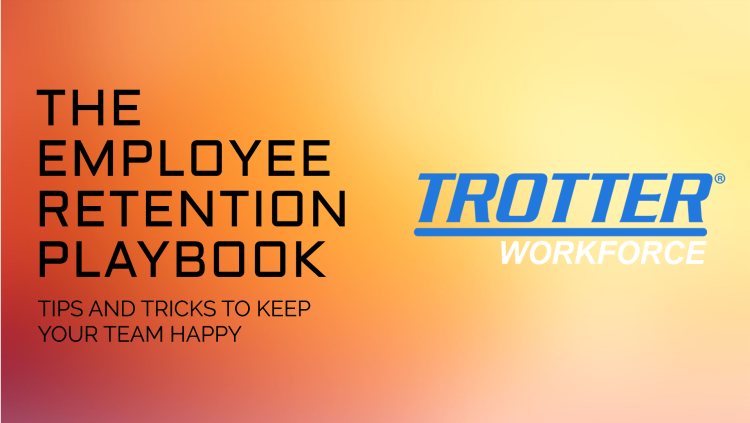LABOR & STAFFING STRATEGIES
One of the most important discussions for operations is “what is the best way to staff?”. Across almost every sector there are three approaches to staffing; Static, Push & Pull, & Rolling.
STATIC
Companies may follow the static approach to staffing when they are staying the course, weathering storms, or undergoing strategic, not operational restructuring. There are no ups, no downs, just standard operating procedure. Then there are companies who undergo constant change, and their staffing approaches follow suit. Virtually all companies that operate in variable states use either the Push & Pull Staffing or the Rolling Staffing methods.
PUSH & PULL
The Push & Pull Staffing approach is typically used by cyclical/seasonal industries and companies or those with projects that are starting and ending constantly. For some industries & companies it might make sense to adopt this method (in fact this method typically doesn’t need to be adopted as it is the method that most new companies innately start with as they try to get their footing while keeping their finances in check). However, Push & Pull is not the ideal staffing strategy for most companies, especially those who strive to grow. It is reactive instead of proactive. Often it will also create discourse with employees who do not feel secure in their position, who feel overworked when cuts occur, and who feel that the company values profits over the person.
It is inherent for any business not to want their employees standing around with nothing to do. Too often though employers consider “nothing to do” and “a lighter workload” to be synonymous. Why should Company A pay Employee B the same amount in February when the workload is 30% lighter than in Dec. If the ROI for staff “drops” 30% in the offseason, then the prevailing thought process is “We can save 30% by cutting 100% of the worker now, and refill that position when the busy season comes back around”. The problem is recovering to “maximum” staffing each time that the busy cycle or season begins again.
When staffing through cycles or seasons, large portions of a company or team’s time and resources are spent trying to recover and grow their workforce again. On average the Push & Pull Method consumes upwards of 24.2 weeks per year just maintaining a workforce. Average times spent on management across all sectors is 3.5 weeks a year analyzing staffing levels, 4.2 weeks onboarding, & 16.5 weeks of training. Leaving on average approximately 23.3 weeks per year not dedicated to the sole task of maintaining a workforce. Half-a-year lost to recruitment and training.
There are times that a Push & Pull approach might be the best option for smaller construction firms / companies, for instance, a company in the warehousing and logistics sector might require 300-400% higher staffing levels from Sept-Dec, than from Jan-Aug. However, even for a company like that who could benefit from push & pull staffing, it has been shown that those who cut no more than 30% of their staff during times where staffing cuts are necessary, have an easier time recovering from staffing when the time comes, because the focus is no longer on reactive staffing or training (often not properly due to time), but rather the focus is now on rebuilding properly without the worry of lost business.
ROLLING WORKFORCE
Then we have Rolling Staffing. Companies who follow this approach staff to current staffing needs as well as continually staff to projected growth levels, typically based on the quarter or year. They are consistently hiring and ensuring that their workforce is rolling forward strategically.
Think of a Rolling Staffing approach like a snowball rolling steadily on a hill. They start small and as they continue rolling, they gain more, they grow larger, and they maintain momentum with little to no external assistance. No need for constant oversight and coaxing, it just keeps on. Little bumps along the way no longer make the whole thing fall apart, external forces are less likely to turn it off course, new additions to the snowball don’t need to be trained to move forward, the cohesive nature means it just keeps on moving. One of the largest food service companies, Chick-Fil-A, could be considered to have a rolling workforce. Always hiring, not due to high turnover (in fact they have one of the lowest turnover rates in the food service industry), rather they are always hiring because they understand that to keep up with current demand, they need to grow their workforce. Their goal (as is any company’s) is to keep up with and ideally, surpass the demands of their customer base. That is not to say that a rolling staff is not without its issues itself. The same snowball can gain too much momentum, grow too fast, or too large to contain or slow down. As unregulated or unrestrained growth occurs, collapse is almost always inevitable. A runaway rolling staff is common when there is oversight due to poor leadership and management, or financial health of the company is ignored. With a bit of time and responsible maintenance, a rolling workforce can be a large contributing factor in growth for a company.
RELY ON YOUR RESOURCES
Every company is different and there is never going to be a one-size-fits-all approach to building a workforce, but with proper guidance & thoughtful hiring, a workforce can become a crucial part of a company’s success. By using the expertise of a staffing and recruiting company like Trotter Workforce, companies can benefit not only from acquiring candidates, but using the agency’s staffing resources to ensure they are making the right choices.







